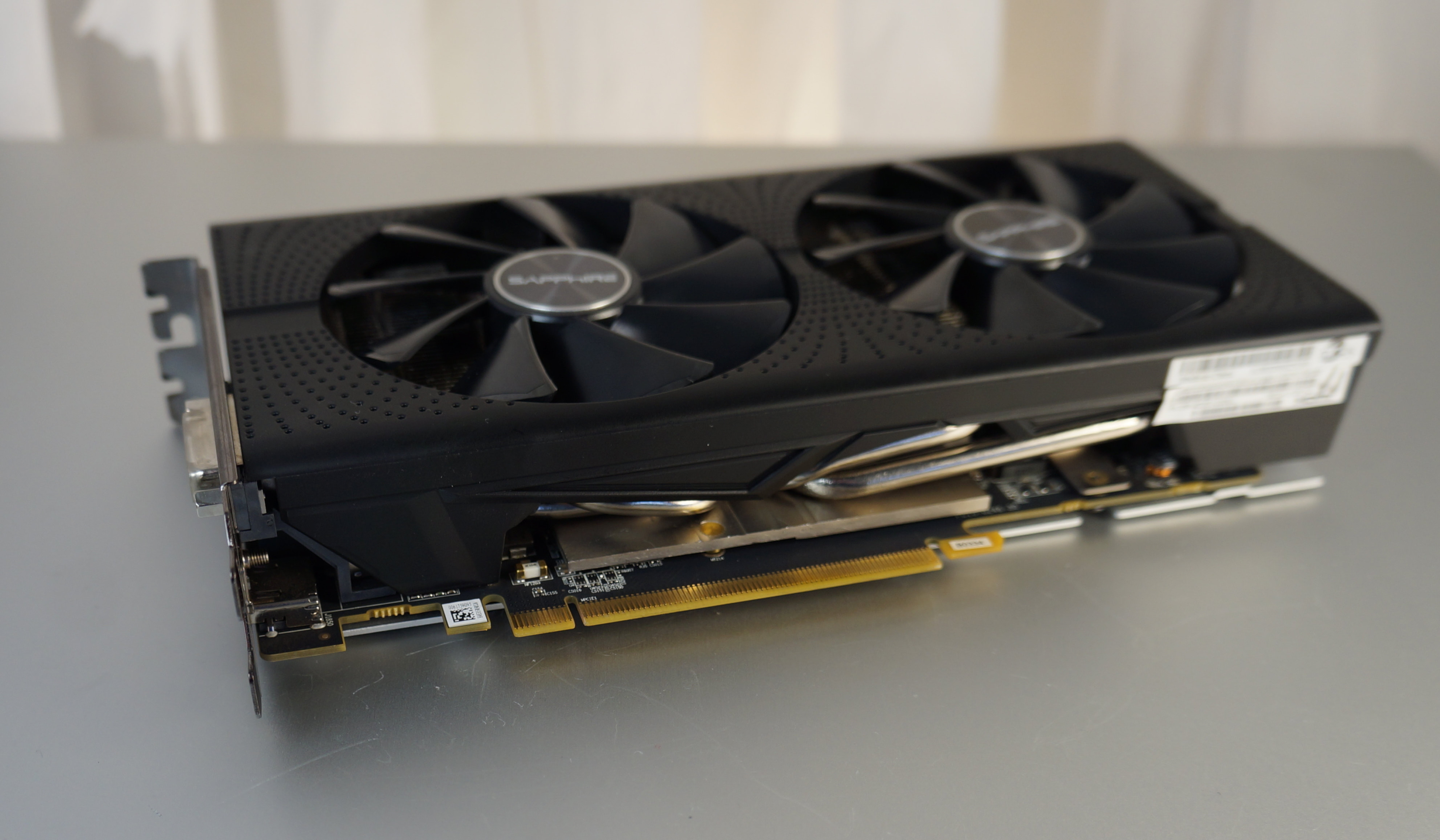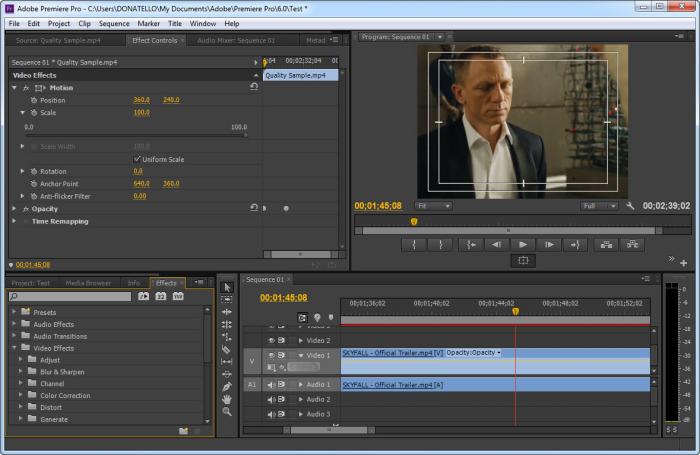

- MAC PRO 4 1 VIDEO CARD MAC OS X
- MAC PRO 4 1 VIDEO CARD INSTALL
- MAC PRO 4 1 VIDEO CARD DRIVERS
- MAC PRO 4 1 VIDEO CARD DRIVER
- MAC PRO 4 1 VIDEO CARD UPGRADE

(I went for grey as I am a traditionalist!).Ī tentative reboot with the “Alt” key and the 10.11.6 RAID appeared – selected and then the login appeared! It lives! Make sure that the hard drive is selected in the startup disk panel to avoid a long delay on boot and it has been up and running ever since! This involved replacing the boot.efi and adding a line item to the plist. Once it was all working I booted back into the Mac Mini and followed the instructions here: – Effectively using the Mac Pro as a big hard drive enclosure!
MAC PRO 4 1 VIDEO CARD INSTALL
I used the Mac Pro in Target disk mode attached to a 2012 Mac Mini running 10.9 – this allowed me to install 10.11.3, create an account and complete all the usual upgrades to 10.11.6 so that I knew it was a fully working install.
MAC PRO 4 1 VIDEO CARD DRIVER
Other cards will work however the 270x is within the Max power draw spec, has nice out of the box driver support in 10.11.6 and full Dual-link DVI. I replaced the stock GT with a flashed R9 270x 2GB VRAM. Video Cards with less than 512 MB VRAM cause issues on these early Mac Pros with the later OSes.
MAC PRO 4 1 VIDEO CARD UPGRADE
I used RAID 0 as this Mac will be backed up to a Time Machine server and also be acting as a Media Backup – so failure accounted for.ĥ) Upgrade the Graphics Card (I used our R9) – you need to have at least 512 MB VRAM. This RAID gives over 500MB/s read and write speed (as tested with BlackMagic Disk Speed Test) – and you could expect more with newer and matched drives.
MAC PRO 4 1 VIDEO CARD DRIVERS
Using target mode meant that we could install the latest SoftRAID drivers and not have issues later with older versions etc. Once these were installed in the Mac Pro I used Target Disk mode via Firewire to a Mac Mini and setup as a RAID 0 using SoftRAID. I had 4 x 3TB HDDs from a previous project which were no longer being used – a bit of a miss match of brands (a pair of Seagate 3TB, and a pair of WD Green 3TB drives). You MUST have above 12 GB RAM to run El Capitan without it falling over at random intervals – when we had it up and running with 8GB (waiting for a stock delivery) it would fall over every 10 mins or so at random times – since the upgrade it is up for days without any bother. If you trust the second hand market you can pick up some real bargains for 667mhz RAM for these Machines (we do see some customers with issues from second hand RAM but would image it is a small number given how much it appears on eBay etc) – we do sell new modules here. If you want to run lots at any one time then going from Dual Core to Quad Core can be helpful (I wanted to get virtualization working to support legacy OSes at the same time) – otherwise going for higher clock speed is more helpful for processes such as video encoding. We had these in store from a failed Mac Pro 2,1 which had logic issues – but they can be purchased from eBay very cheaply – there is a great list here on MacRumors which can help you decide which suit your budget / needs. I followed the instructions and rebooted with the long tone and off you trot! This is needed to add support for the newer CPUs we had in store. There is a useful forum here: which has a utility to do this. So these steps in detail – with reasons and processes.
MAC PRO 4 1 VIDEO CARD MAC OS X
That said many people have done similar things in different ways – so I will try and justify my methodology as well (or at least explain the logic behind the decision).ġ) Upgrade the firmware to Mac Pro 2,1 (add support for newer CPUs)Ģ) Upgrade the CPUs to 2 x Quad Core 3.0Ghz Xeons.ģ) Upgrade the RAM to above 16GB (we went to 32GB but anything above 16GB should be fine)Ĥ) Install 4 x HDDs (defiantly Matched in size – preferably matched in brand, model etc) – Setup as a RAID 0 – and Test.ĥ) Upgrade the Graphics Card (we used our R9) – you need to have at least 512 MB VRAM.Ħ) Install Mac OS X 10.11.6 onto the RAID and modify the boot.efi and list To start with much of this work has been done by others I will try and link back to sources as much as possible. It also limits some upgrade options especially with Graphics cards like our R9 – as these earlier OSes do not have the drivers needed. The basic issue with the Mac Pro 1,1 is that as factory setup and running it will not run above Mac OS 10.7.5 – this limits it’s usability especially with Applications like Adobe CC or even modern apps like Photos or iTunes. The Mac Pro 1,1 is a great place to start – it has masses of internal expansion, and can be grabbed cheaply second hand sources, often for less than £ 100. The idea being to make a powerful, modern Mac as cheaply as possible.

So we received a couple of Mac Pro 1,1′s which were having issues and decided to see what we could make from them.


 0 kommentar(er)
0 kommentar(er)
